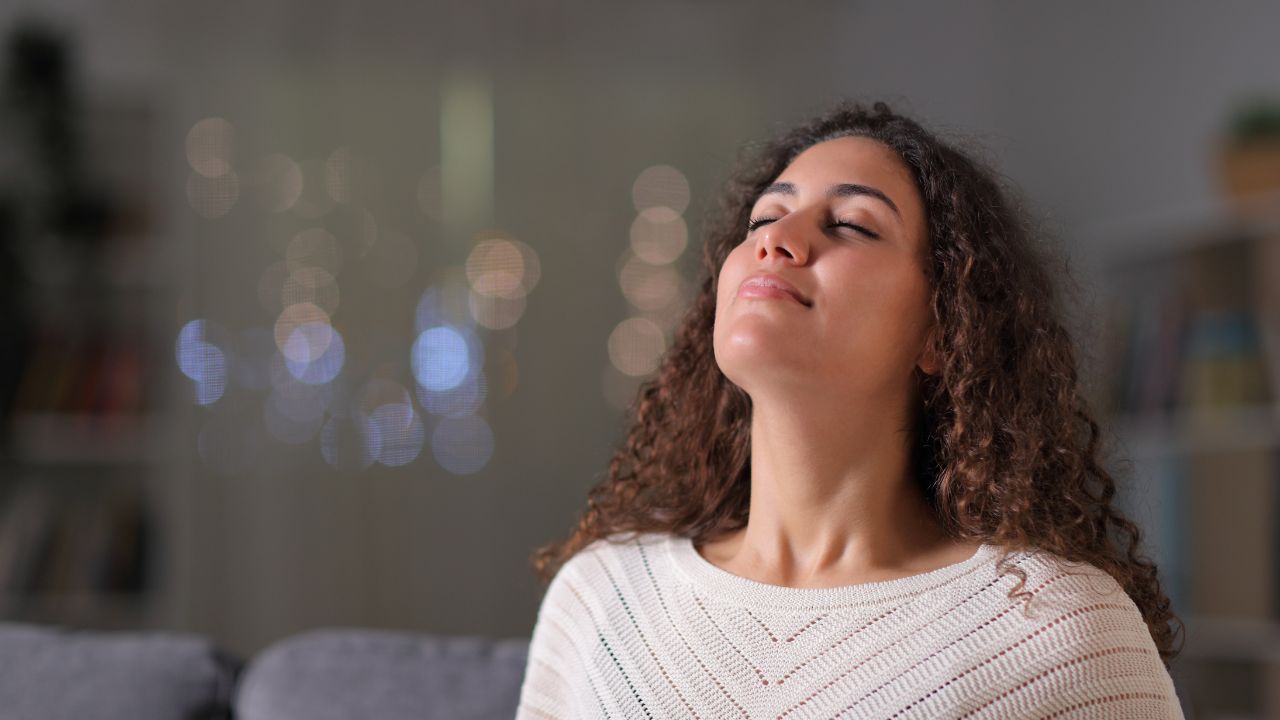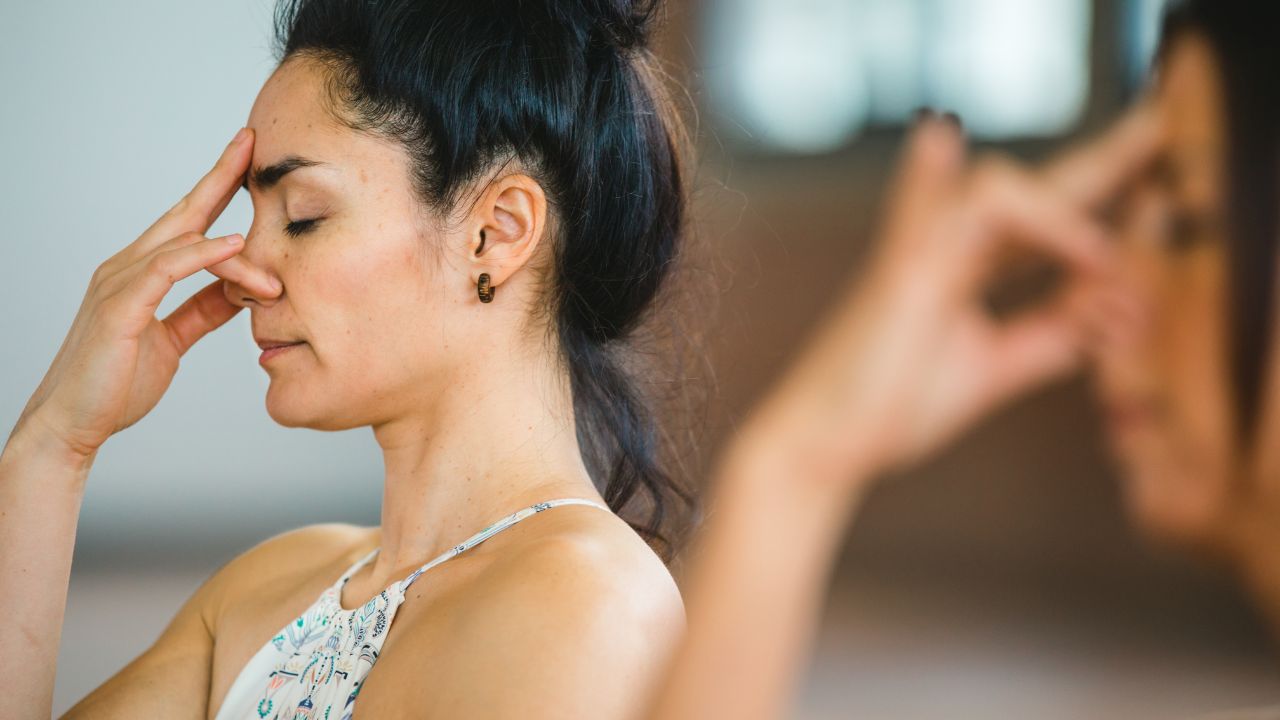Pranayama Yoga
Pranayama refers to the practice of yogic breathing techniques. “Prana” means life force or vital energy, and “ayama” means control or expansion. Pranayama exercises aim to regulate and expand the breath, harnessing and directing the life force within the body.
Pranayama techniques can have a profound impact on physical, mental, and emotional well-being. They help calm the mind, reduce stress, increase oxygenation, improve concentration, and promote a sense of balance and relaxation. Here are a few commonly practiced pranayama techniques:
Deep Belly Breathing (Diaphragmatic Breathing):
Sit comfortably with a straight spine. Place one hand on your abdomen and the other on your chest. Breathe deeply, allowing the breath to expand the belly, feeling it rise with each inhalation and fall with each exhalation. This technique helps activate the diaphragm, relaxes the body, and increases oxygen intake.
Alternate Nostril Breathing (Nadi Shodhana):
Sit in a comfortable position and bring your right hand to your face. Use your thumb to close your right nostril and inhale deeply through the left nostril. Then, close the left nostril with your ring finger and release the thumb to exhale through the right nostril. Continue this pattern, inhaling through the left nostril and exhaling through the right. This technique helps balance the energy channels in the body and promotes a sense of calm and clarity.
Ujjayi breath involves gentle constriction of the throat, creating a soft whispering sound during both inhalation and exhalation. Take slow, deep breaths through the nose, constricting the back of the throat slightly to create the sound of ocean waves or Darth Vader-like breathing. Ujjayi breathing helps deepen the breath, promotes relaxation, and focuses the mind.
Sit comfortably with a straight spine. Take a deep breath in, and as you exhale forcefully, contract the lower belly in a quick and rhythmic manner. The inhalation is passive, allowing the belly to naturally expand. Start with a few rounds of rapid exhalations followed by a short break, then gradually increase the speed and number of rounds. Kapalabhati breath energizes the body, clears the mind, and helps with detoxification.
Sheetali Pranayama (Cooling Breath):
Roll your tongue into a tube-like shape, or if you can’t roll your tongue, make an “O” shape with your lips. Inhale deeply through the rolled tongue or mouth, then close your mouth and exhale slowly through the nose. This breath cools the body, calms the nervous system, and reduces stress and anxiety.
Remember to practice pranayama techniques with awareness and in a comfortable, quiet environment. Start with shorter durations and gradually increase the time as you become more comfortable. If you have any respiratory or cardiovascular conditions, it is advisable to consult a qualified yoga instructor or healthcare professional before practicing pranayama.
Specific Content Keywords : 8 types of pranayama,7 types of pranayama,15 types of pranayama,5 yoga breathing exercises,pranayama techniques for beginners
pranayama breathing,bhastrika pranayama,pranayama yoga,pranayama yoga benefits,pranayama yoga steps,pranayama yoga types,pranayama yoga near me,pranayama yoga definition,pranayama yoga meaning,pranayama yoga for thyroid,pranayama yoga in tamil,pranayama yoga poses,how to do pranayama yoga,kapalbhati pranayama yoga,asana pranayama yoga,hatha pranayama yoga,kriya pranayama yoga,pranayama in hatha yoga pradipika,pranayama hatha yoga,pranayamas yoga,pranayama in yoga malayalam,pranayama kundalini yoga,pranayama is which part of ashtanga yoga,pranayama patanjali yoga sutra,pranayama kriya yoga.






